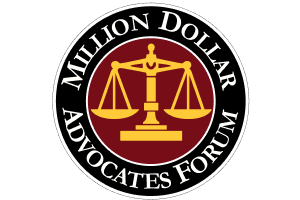- 24/7 Free Consultation: (888) 424-5757 Tap Here To Call Us
How Does a Wrongful Death Lawsuit Work?

When a person dies due to someone else’s negligence, Illinois law gives surviving family members the right to file a wrongful death lawsuit to hold the responsible party accountable and seek compensation.
At Rosenfeld Injury Lawyers, we understand the emotional and financial toll these situations place on families. Whether the death occurred because of a car accident, medical negligence, or another preventable event, our firm is here to help. This article outlines how does a wrongful death lawsuit work, so families can better understand their rights under Illinois law.
What Legally Constitutes Wrongful Death Under Illinois Law?
Under the Illinois Wrongful Death Act (740 ILCS 180/), a wrongful death is defined as one caused by a wrongful act, neglect, or default of another party—circumstances where the deceased person could have filed a personal injury claim if they had lived.
This means that if someone’s conduct would have justified a personal injury lawsuit, a wrongful death claim may instead be brought by the personal representative of the decedent’s estate. These cases often arise from car accidents, medical negligence, defective products, or unsafe premises. The purpose of a wrongful death lawsuit is to seek justice and financial recovery for the harm suffered by the surviving family.
The Illinois Wrongful Death Act & Survival Act
Illinois law provides two distinct but related legal avenues when someone dies due to someone else’s negligence: the Wrongful Death Act and the Survival Act. The Wrongful Death Act compensates surviving family members—such as a surviving spouse, children, or dependents—for the loss of financial support, companionship, and other personal losses resulting from the decedent’s death.
On the other hand, the Survival Act (755 ILCS 5/27-6) allows the decedent’s estate to recover for damages the person experienced before death, such as medical expenses, pain and suffering, and lost wages. In many cases, these claims are filed as part of a single wrongful death lawsuit to maximize potential damages.
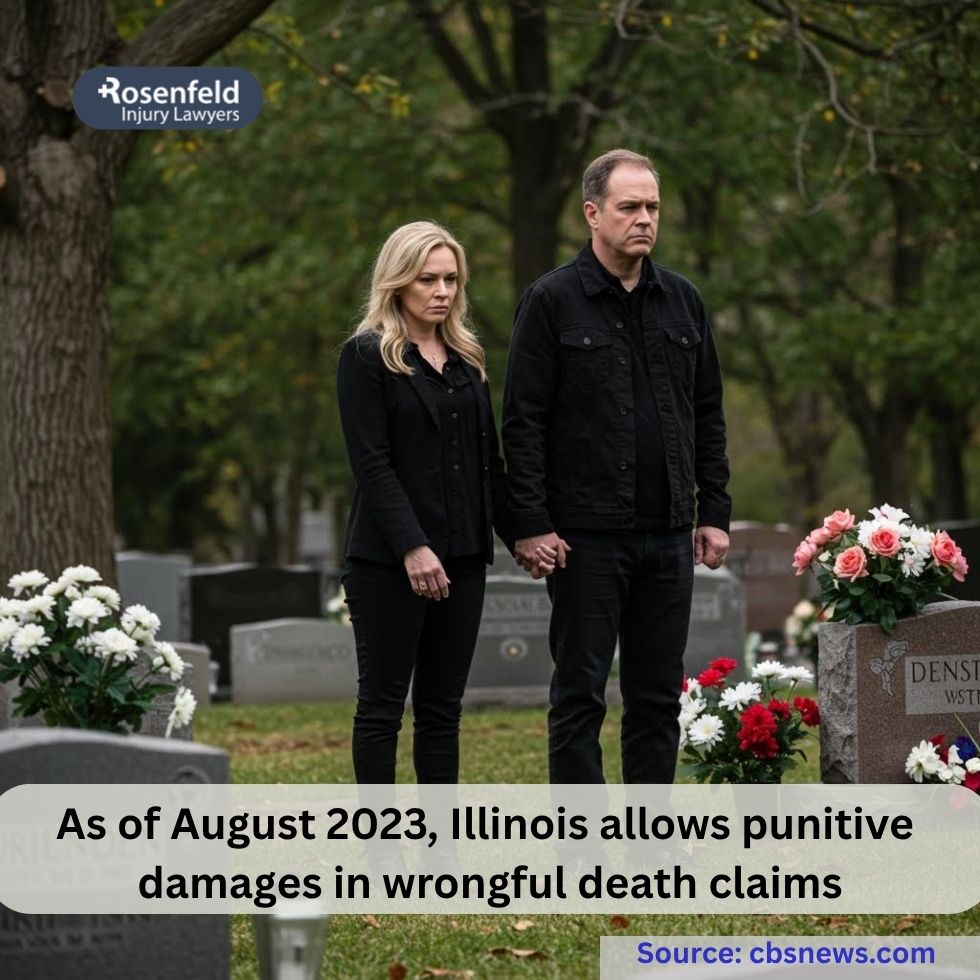
Causes of Fatal Incidents Leading to Claims
A wrongful death claim in Illinois can arise from many types of fatal incidents where another party is at fault. Some of the most common causes include:
- Car accidents or truck crashes caused by reckless or impaired drivers;
- Medical malpractice, such as surgical errors, misdiagnosis, or birth injuries;
- Nursing home neglect or abuse that leads to fatal injuries;
- Workplace accidents involving third-party contractors or equipment manufacturers;
- Defective products, such as unsafe medical devices or faulty machinery;
- Premises liability cases, including fatal falls or negligent security on someone else’s property.
In each of these scenarios, the surviving family may be entitled to pursue a wrongful death lawsuit to recover financial and emotional losses.
Who Can File a Wrongful Death Lawsuit in Illinois?
In Illinois, a wrongful death lawsuit must be filed by a representative of the decedent’s estate. This person serves as the official plaintiff, bringing the claim on behalf of the surviving family or beneficiaries, such as a surviving spouse, children, or other dependents.
If the deceased person had a will, the representative is typically named there. If not, or if the named person cannot serve, the probate court will appoint someone—often a close family member. While the representative files the lawsuit, any wrongful death settlement or verdict is distributed to the beneficiaries according to their relationship and losses under Illinois law.
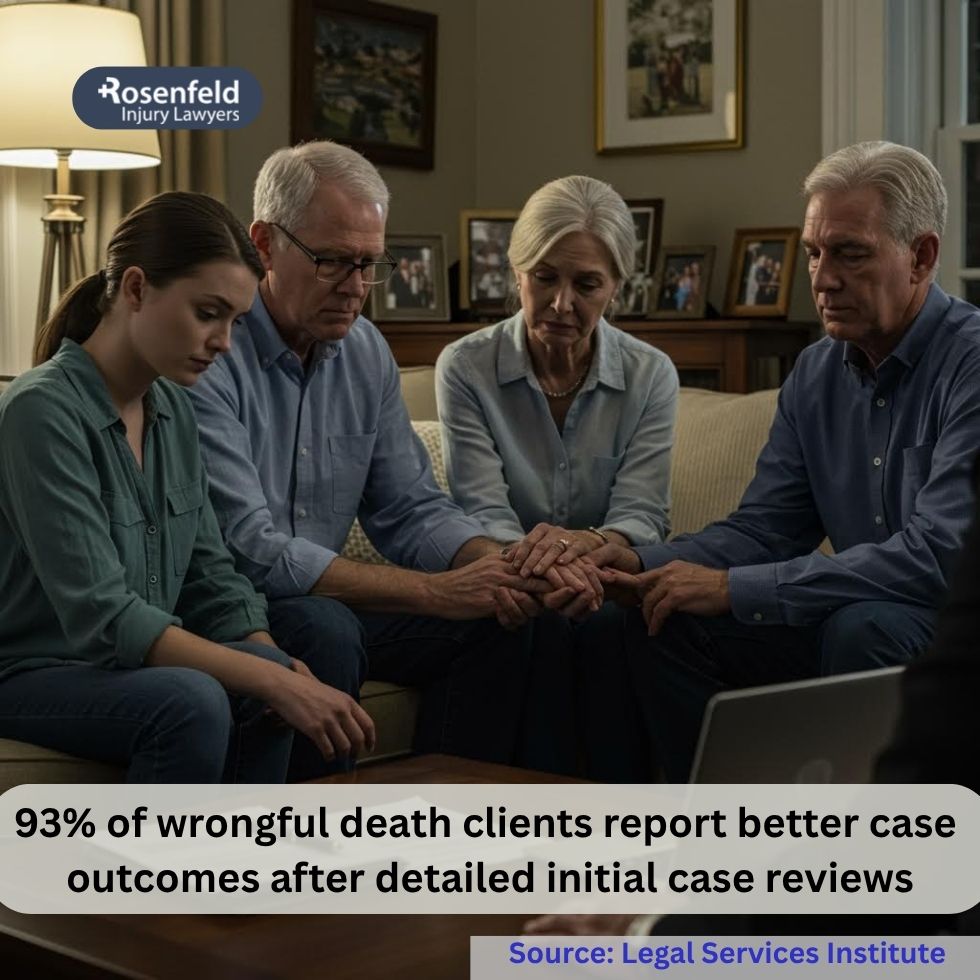
Who Receives Compensation from a Wrongful Death Case?
Under the Illinois Wrongful Death Act, compensation from a wrongful death lawsuit is awarded to the surviving spouse and the next of kin of the deceased person. “Next of kin” typically includes children, but if the decedent had no spouse or children, it could extend to parents or siblings, depending on who survives and their relationship to the deceased.
The court may also consider the degree of emotional and financial loss each beneficiary suffers. Based on the evidence presented, a judge decides how to distribute any wrongful death settlement. These funds are intended to help compensate for the loss of support, companionship, and grief caused by the death.
How Our Personal Injury Law Firm Proves a Wrongful Death Claim
Our personal injury law firm focuses on proving four essential legal elements to succeed in a wrongful death claim.
First, we establish that the defendant owed the deceased person a duty of care, such as a driver’s duty to obey traffic laws or a doctor’s duty to follow medical standards. Second, we show the defendant breached that duty through a negligent or wrongful act. Third, we must prove that this breach directly caused the death.
Finally, we document the resulting damages, including funeral expenses, lost income, medical bills, and the emotional suffering of surviving family. Substantial evidence on each point is key to a successful case.
Investigating the Circumstances Surrounding the Loved One’s Death
A thorough investigation is one of the most essential steps in building a strong wrongful death lawsuit. Our wrongful death lawyers work quickly to gather all available evidence related to the incident that caused your loved one’s death.
This includes reviewing police reports, medical records, accident scene photos, and witness statements. In many cases, we work with experts such as accident reconstructionists or medical specialists to clarify how the death occurred and who should be held accountable.
By identifying all potentially responsible parties—such as negligent drivers, healthcare providers, employers, or product manufacturers—we help ensure no liable party escapes responsibility. A detailed investigation lays the foundation for a successful wrongful death claim.
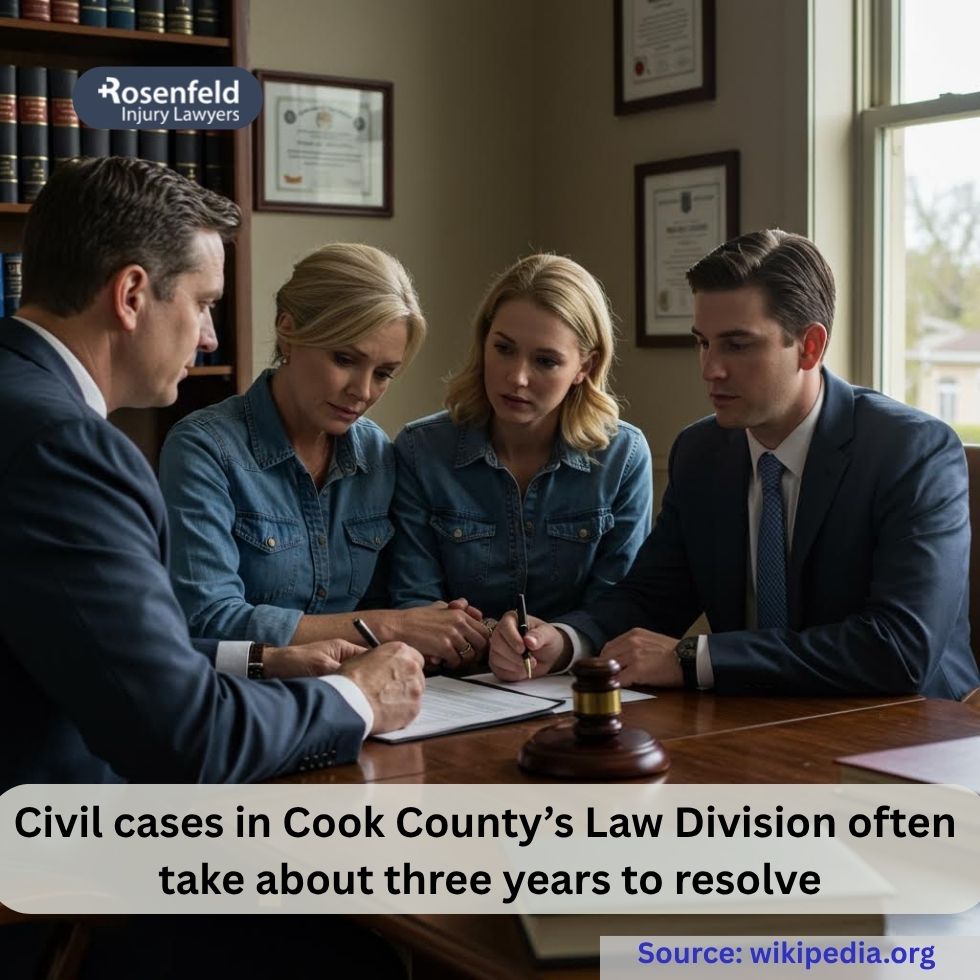
Gathering Evidence to Support Your Claim
Strong evidence is essential in any wrongful death claim. Our legal team focuses on compiling all relevant documentation to support your case. This includes police or accident reports documenting the incident, medical records related to the final injury or illness, and autopsy reports if available.
We also collect witness statements, expert opinions from medical or engineering professionals, and any photos or videos of the scene. Employment and income records help calculate lost wages and future earnings. Each piece of evidence plays a role in showing how the death occurred, who was responsible, and the financial and emotional toll it has taken on the surviving family.
Wrongful Death Damages for Family Members
Under the Illinois Wrongful Death Act, surviving family members may be entitled to various forms of compensation. This includes damages for grief, sorrow, and the loss of society or companionship that the deceased provided—an emotional loss that courts take seriously.
Economic compensation may also be awarded for the loss of the deceased’s financial support, including lost income and benefits and funeral and burial expenses. Separately, under the Survival Act, the decedent’s estate can seek damages for the pain and suffering experienced between the time of injury and death, along with any related medical expenses. These combined claims help families recover from both emotional and financial loss.
Deadline to File a Wrongful Death Lawsuit
Under Illinois law, the general deadline to file a wrongful death lawsuit is two years from the date of the person’s death. The statute of limitations sets this time limit and applies to most wrongful death claims, including those involving car accidents, medical malpractice, and nursing home negligence.
If the lawsuit is not filed within this window, the court will likely dismiss the case, regardless of its merit. However, certain exceptions may apply, such as cases involving minors or government entities. Because timing is critical, you must consult a wrongful death lawyer as soon as possible to protect your rights.
Exceptions to the Two-Year Filing Deadline
While Illinois law sets a general two-year statute of limitations for filing a wrongful death lawsuit, several exceptions can alter this timeline. In medical malpractice cases, the “discovery rule” may extend the deadline if the death wasn’t immediately linked to negligence. Claims involving government entities often require much shorter notice periods under the Local Governmental and Governmental Employees Tort Immunity Act (745 ILCS 10/).
If the beneficiaries include minors, their time to file may be extended until they reach legal age. Additionally, in cases involving violent intentional acts, a more extended timeframe may apply. Given these complexities, speaking with a wrongful death attorney as soon as possible is essential to protect your rights.
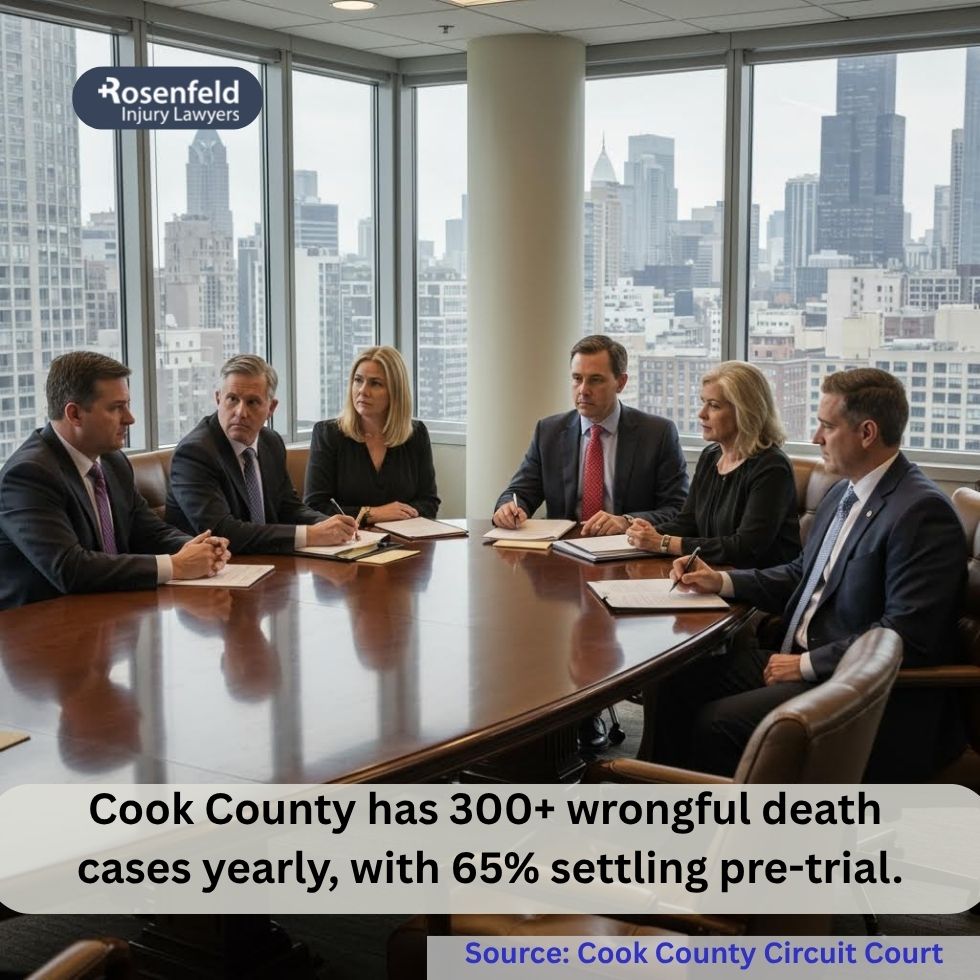
How Illinois Comparative Negligence Law Impacts Your Case
Under Illinois comparative negligence law (735 ILCS 5/2-1116), if the deceased person was partially at fault for the incident that caused their death, the compensation awarded in a wrongful death lawsuit may be reduced proportionally. As long as the deceased was 50% or less at fault, surviving family can still recover damages, but the final amount will be reduced by that fault percentage.
For example, if a jury finds the deceased 30% responsible, the total award will be reduced by 30%. Additionally, if a beneficiary, such as a surviving spouse or child, was negligent in connection with the incident, their share of the recovery could also be reduced accordingly.
The Wrongful Death Lawsuit Process
The wrongful death lawsuit process begins with a thorough investigation into the cause of the loved one’s death. Once sufficient evidence is gathered, the Personal Representative formally files the wrongful death claim in civil court. The next phase is discovery, where both sides exchange documents, witness lists, and expert reports.
During or after discovery, the parties may engage in settlement negotiations or mediation to resolve the case without a trial. If no agreement is reached, the case proceeds to trial. If a verdict or settlement is obtained, the court oversees the distribution of the recovery to eligible family members and the estate.
Settlement Negotiations vs. Going to Trial
In Illinois wrongful death cases, most claims are resolved through settlement negotiations rather than going to trial. Settlements offer grieving families a faster, more private resolution and reduce the emotional toll of lengthy court proceedings.
However, the potential for trial is a powerful tool. A wrongful death lawyer who is fully prepared to take the case to court often gains leverage in negotiations, as insurance companies and defendants are more likely to offer a fair settlement when faced with the risk of a jury verdict. A legal team with courtroom experience ensures your rights are protected through settlement or trial.
Why You Need an Experienced Chicago Wrongful Death Attorney
Wrongful death cases in Illinois are emotionally and legally complex. A skilled Chicago wrongful death attorney understands the intricate relationship between the Illinois Wrongful Death Act and the Survival Act and can ensure both are used to pursue full compensation.
From appointing the Personal Representative through probate to proving fault and establishing the extent of the financial and emotional losses, your lawyer must manage every step carefully. Calculating damages for grief, loss of companionship, and future financial support requires experience and legal precision.
An experienced attorney will also handle deadlines and protect your claim from technical issues, while supporting your family with compassion throughout the legal process.
How a Lawyer Maximizes Compensation for Family Members and the Estate
An attorney is key in helping surviving family members and the estate secure the full compensation they’re entitled to. This includes identifying all categories of damages under both the Illinois Wrongful Death Act and Survival Act, such as lost income, funeral costs, pain and suffering, and loss of companionship.
The attorney works with economic and medical experts to calculate long-term financial losses and non-economic damages like emotional grief. They handle negotiations with insurance companies and pursue claims against all responsible parties. By building a strong case supported by documentation and expert testimony, the lawyer helps maximize the total recovery available through settlement or trial.
Book a Free Consultation

If you’ve lost a loved one due to someone else’s negligence, our Chicago wrongful death law firm is here to help you seek justice. At Rosenfeld Injury Lawyers, we represent families across Illinois in wrongful death lawsuits involving car accidents, medical negligence, workplace incidents, and more.
Our personal injury attorneys in Chicago understand the emotional and financial challenges that follow a tragic loss, and we’re committed to helping you recover compensation for your pain, lost support, and other damages. We work on a contingency fee basis, meaning you pay nothing unless we win.
All content undergoes thorough legal review by experienced attorneys, including Jonathan Rosenfeld. With 25 years of experience in personal injury law and over 100 years of combined legal expertise within our team, we ensure that every article is legally accurate, compliant, and reflects current legal standards.





